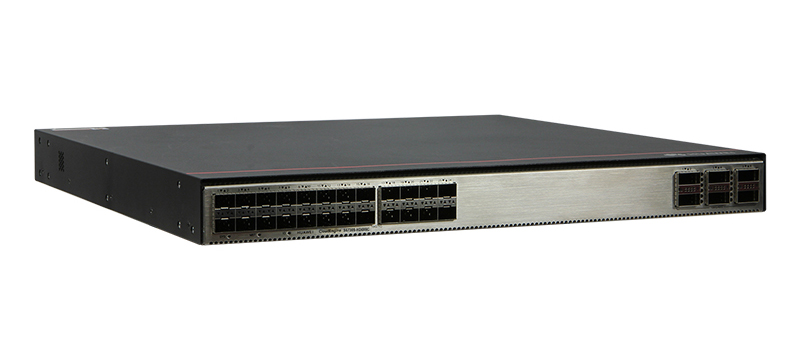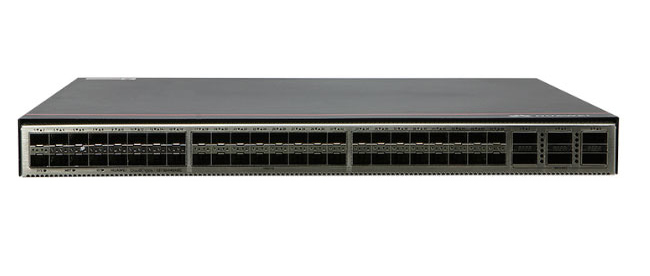































Sometimes rumors are so outlandish that they strain credibility.
According to a note to investors by TF International Securities analyst Ming-Chi Kuo, seen by 9to5Mac, Apple's long-rumored AR glasses are going to have some serious -- you could say, impossible -- performance:
[I]t has Mac-level (PC-level) computing power, (2) it can operate independently without relying on a Mac (PC) or an iPhone (phone), and (3) it supports a comprehensive range of applications rather than specific applications.
This doesn't make any sense. None at all.
First, what is "Mac-level" performance? Intel Macs? M1 Macs? Macs from 10 years ago?
Let's assume that it's M1-like performance. Something like an M1 MacBook Air or M1 iPad Pro. Even if you toss out the batteries, screen, ports, and unnecessary weight, there's still a fair bit of hardware left to put into AR glasses.
And then you need smaller batteries.
That's a lot of power.
If Kuo had said "iPhone-level" performance, I'd be less skeptical. But even then, an A-series Bionic chip is a lot of hardware to put into something people are going to wear on their face.
Even scaling something like the iPhone down to something that you'd wear on your face would be a feat. Look at the compromises that Apple has had to do for the Apple Watch.
But Kuo is very, very optimistic about the power the AR glasses would need:
Apple's AR headset requires a separate processor, as the computing power of the sensor is significantly higher than that of the iPhone. For example, the AR headset requires at least 6-8 optical modules to simultaneously provide continuous video see-through AR services to users. In comparison, an iPhone requires up to 3 optical modules running simultaneously and does not require continuous computing.
Again, remember that this is something that people are going to wear on their faces.
Thoughts?
 Tags quentes :
Negócio
Empresas
Tags quentes :
Negócio
Empresas